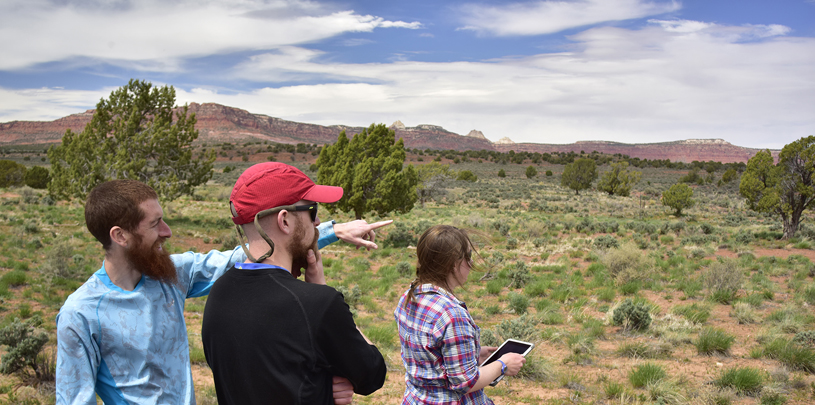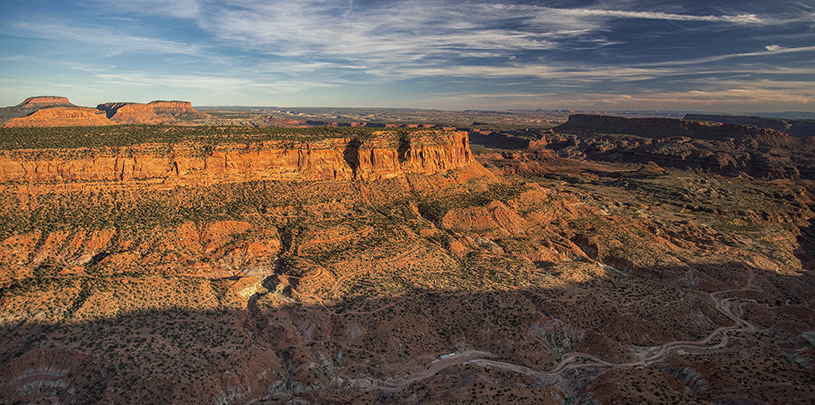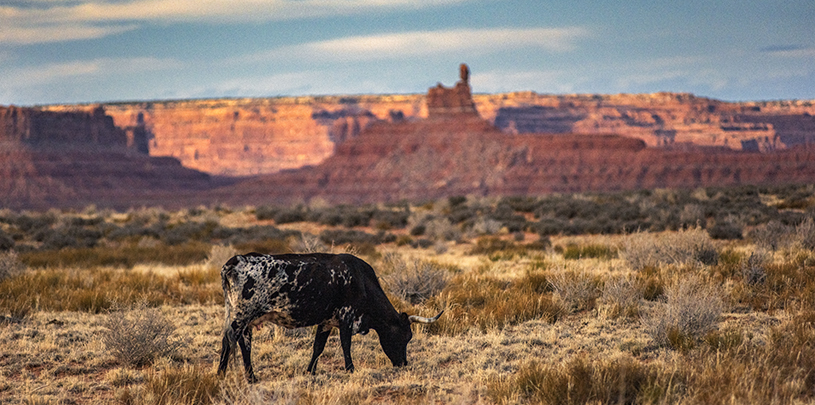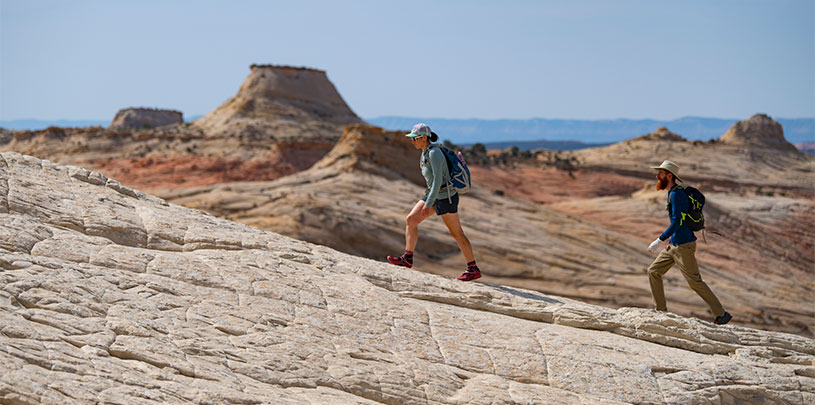
Vast pinyon and juniper forests stretch across much of south-central Utah’s Grand Staircase-Escalante National Monument. These forests have been a source of medicine and sustenance for Indigenous peoples since time immemorial, animals depend on them for food, shelter, and protection from the elements, and the 1996 proclamation creating the desert monument singles out ancient pinyon and juniper trees as many as 1,400 years old for special protection. So why then is the Trump administration planning to destroy trees within the monument’s pristine forests? And, if these trees disappear, what happens to the land and the species that rely on them? Good questions. First, let’s take a closer look at the monument’s pinyon and juniper forests.
Food, medicine, and cultural uses of pinyon and juniper
Squat, bushy pinyon and juniper trees cover large swaths of the original 1.9 million acre Grand Staircase-Escalante National Monument. The slow-growing trees, native to the Southwest, are able to withstand the desert’s searing highs and freezing lows, with little moisture. Due to their variable growth rates, it is difficult to gauge the age of pinyon and juniper trees. A juniper fewer than 18 inches in diameter might be centuries old.
Come fall, the boughs of pinyon trees swell with pine cones housing meaty nuts. Pinyon pine nuts were, and still remain, a staple food for Indigenous peoples of the Southwest. The teardrop-shaped morsels are packed with flavor and are favorites for salad and pasta toppings. In addition to pine nuts, Indigenous peoples have long collected the leaves and berries of juniper trees to brew teas and herbal remedies.
Aside from their nutritional value, pinyon and juniper trees were also primary materials used in construction. Their wood was once used to build homes, fences, and drying racks, and juniper’s stringy, fibrous bark was used as padding for cradleboards. Modern Indigenous people still rely on the trees for firewood and other cultural uses. Cultural and archaeological sites are scattered throughout these forests, and the trees provide important camouflage, protecting sites from looters.
Wildlife and pinyon and juniper
Humans aren’t the only ones who collect and relish these tasty seeds. The pinyon jay depends heavily on pinyon pines, and can successfully retrieve about 95 percent of the pine nuts it caches underground. Destroying pinyon pine is especially worrisome for the jay, whose population has already diminished an estimated 85 percent since 1970.
Elk choose bedding sites in pinyon and juniper, which may also supply critical winter habitat for mule deer, shielding them from the elements and offering camouflage.
A “treatment” that kills

Although studies in several places in Grand Staircase-Escalante National Monument have found that juniper has been the dominant species for over 7,000 years, the Bureau of Land Management (BLM), the federal agency responsible for managing the monument, claims that pinyon and juniper forests are encroaching on areas where they don’t belong. To solve this fabricated problem, the BLM is planning what it euphemistically calls “vegetation treatments.” While this may sound hopeful, in reality these treatments include devastating tens of thousands of acres of native pinyon and juniper forests and planting exotic grasses. The grasses, if they grow, will provide food to the privately owned cattle that currently graze over 96 percent of the monument.
For now, the BLM’s preferred methods for “treating” the national monument’s pinyon and juniper forests can include:
- Bullhogging — using giant shredders called “bull hog masticators” to mow down trees and reduce entire forests to piles of wood chips.
- The Dixie Harrow method — using a tractor to drag a metal bar fitted with teeth made out of metal pipes and prongs to churn up soil and pull out saplings and other plants.
Our friends at the Southern Utah Wilderness Alliance have put together a guide to these vegetation treatments, including how they can affect birds, elk, deer, and other animals.
Destroying trees can wreak havoc not only on the forests and the species that depend on them, but on the overall health of the land. Even older than the pinyon and juniper trees themselves are the biological soil crusts (“biocrusts” for short) that hold the monument’s desert soils in place. These fragile crusts help retain moisture, prevent erosion, and support hundreds of species at the bottom of the desert food chain. Indeed, without biocrusts, the rest of life as we know it might never have developed.
But violent methods of removing pinyon and juniper trees can destroy these crusts, which can take centuries to grow. Indeed, some places in the monument that have been “treated” have simply become barren wastelands, failing to grow anything.
Tens of thousands of acres of pinyon and juniper at risk

The BLM has been devastating pinyon and juniper forests in Grand Staircase-Escalante National Monument for decades, but a slew of recent proposals is cause for concern, with over 100,000 acres being considered for treatment.
The BLM is looking at each project separately, instead of considering how all of these projects, together, would impact the monument. And these projects will move ahead regardless of the outcome of the lawsuits challenging President Trump’s December 2017 decision to cut the monument nearly in half. So the Grand Canyon Trust is rolling up its sleeves, heading out on the monument to document conditions on the ground, conferring with scientists, and challenging the BLM’s plans before the Interior Board of Land Appeals.





